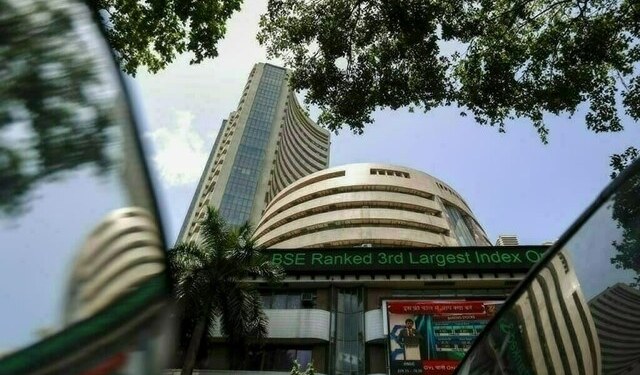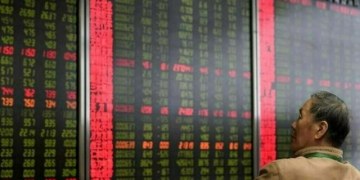By Jacob Gronholt-Pedersen and Henning Gloystein
SINGAPORE (Reuters) – Oil prices dipped again on Tuesday as traders braced for lower refinery consumption after the U.S. summer, while Asia’s weakening economies and high global production stoked concerns about oversupply.
Both crude oil benchmarks are now almost a third below their last peak in May, with data showing speculators have taken huge bets on further falls.
“Fundamentals suggest downside risks still remain in key markets – particularly iron ore and crude oil – in the months ahead,” ANZ bank said on Tuesday, expecting U.S. stockpiles to rise in coming months as refiners reduce operations for maintenance.
U.S. crude futures (CLc1) were trading 10 cents lower at $ 41.77 per barrel at 0429 GMT (0029 EDT), not far off more than six-year lows touched earlier this week.
Brent futures (LCOc1) were at $ 48.60 a barrel, down 14 cents but still some way from their 2015-low of $ 45.19.
BMI Research, a subsidiary of Fitch Ratings, said the market may have overshot to the downside, expecting a modest recovery in prices towards the fourth quarter.
“The downward move has been largely speculative, driven by the Iranian nuclear accord, economic uncertainties surrounding China and bearish repositioning in the futures market,” BMI Research analysts said.
Many oil traders are positioning themselves to profit from a further drop in U.S. prices. As well as betting on further outright falls, traders have been aggressively taking up put options – an option to sell a contract once it has fallen to a certain level – at prices as low as $ 35 and even $ 30 per barrel.
“The amount of queries we’ve received recently about leveraging bets on further price falls has been astonishing,” one broker said.
Underscoring the bearish sentiment, money managers and hedge funds cut their net long holdings of Brent crude futures for a fourth straight week, exchange data showed on Monday.
The long-term outlook also remained bearish, with BMI Research expecting “oil prices will remain anchored until 2018”.
“The return of Iranian oil to the market, coupled with strong project pipelines in North America, the Middle East, West Africa and Kazakhstan, will see global supply growth outstrip the growth in global consumption for the next two years,” they said.
The firm forecasts Brent to average $ 56 and $ 55 in 2016 and 2017 respectively, with U.S. crude averaging $ 53 in both years.
(Editing by Richard Pullin and Joseph Radford)




























